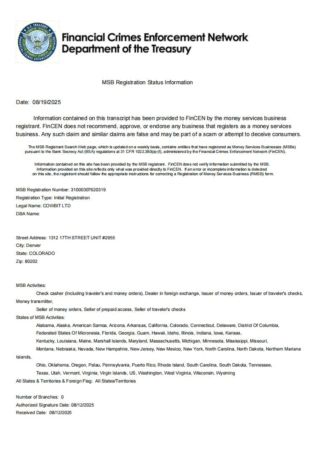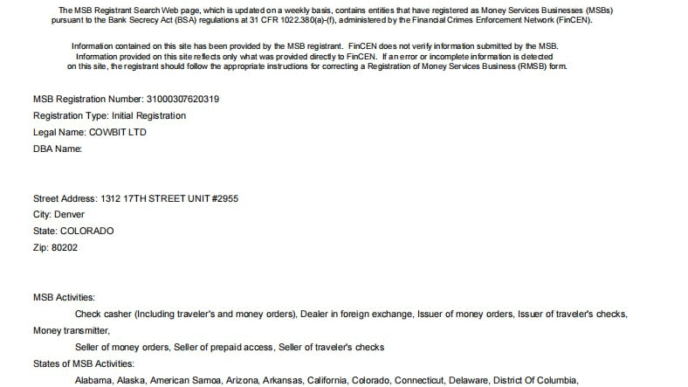As cryptocurrencies continue to capture global attention, it’s crucial to distinguish between Bitcoin, Ethereum, and other tokens. Each of these digital assets serves a unique purpose within the blockchain ecosystem. In this article, we’ll unravel those differences clearly and simply.
Bitcoin: Digital Gold
Bitcoin was the first cryptocurrency and is often described as “digital gold.”
- Use case: Primarily a store of value and decentralized medium of exchange.
- Blockchain: Operates on its own network, secured via Proof of Work consensus.
- Supply cap: Capped at 21 million coins, ensuring scarcity and value retention.
- Security: Its network is widely trusted and boasts the largest ecosystem of miners and nodes.
This makes Bitcoin a cornerstone in many investment portfolios as a hedge against inflation or fiat currency devaluation.
Ethereum: The Programmable Blockchain
Ethereum was designed not just as money, but as a platform for smart contracts and decentralized applications (dApps).
- Ecosystem: It supports a wide range of use cases—DeFi, NFTs, DAOs—and uses Ether (ETH) as the network’s native token.
- Consensus: Transitioned to Proof of Stake, significantly reducing energy consumption while enabling staking-based validation.
- Flexibility: Allows developers to build and operate autonomous applications and logic directly on the blockchain.
Ethereum is the “digital oil” that powers a new generation of blockchain-enabled services and infrastructure.
What Makes Tokens Different?
Tokens are defined by their reliance on existing blockchain networks rather than having their own.
- Definition: A token is a digital asset created on top of a blockchain—commonly Ethereum—using a smart contract.
- Types: Includes utility tokens, governance tokens, stablecoins, NFTs, and more.
- Examples: Think of tokens like those used in DeFi protocols, gaming platforms (e.g., Axie Infinity), or as digital collectibles.
Tokens rely on the underlying blockchain’s functionality but serve tailored purposes.
Quick Comparison
| Asset Type | Native Blockchain | Primary Role | Consensus Mechanism | Supply Structure |
| Bitcoin (BTC) | Yes | Store of value / digital money | Proof of Work | Capped at 21M |
| Ethereum (ETH) | Yes | Smart contracts / platform | Proof of Stake | Inflation + staking |
| Tokens (ERC-20, etc.) | No | Utility, governance, collectibles | Depends on host chain | Variable |
Why It Matters
- Investment clarity: Knowing each asset’s role helps in building a balanced crypto portfolio.
- Use-case fit: Investors seeking yield and applications might prefer Ethereum or specific tokens, while long-term value holders might lean towards Bitcoin.
- Ecosystem understanding: Tokens demonstrate how dynamic and customizable the blockchain ecosystem has become.
For a deeper exploration of token definitions—what separates coins and tokens—check the article on “Differences Between Bitcoin, ETH and Other Tokens”.














